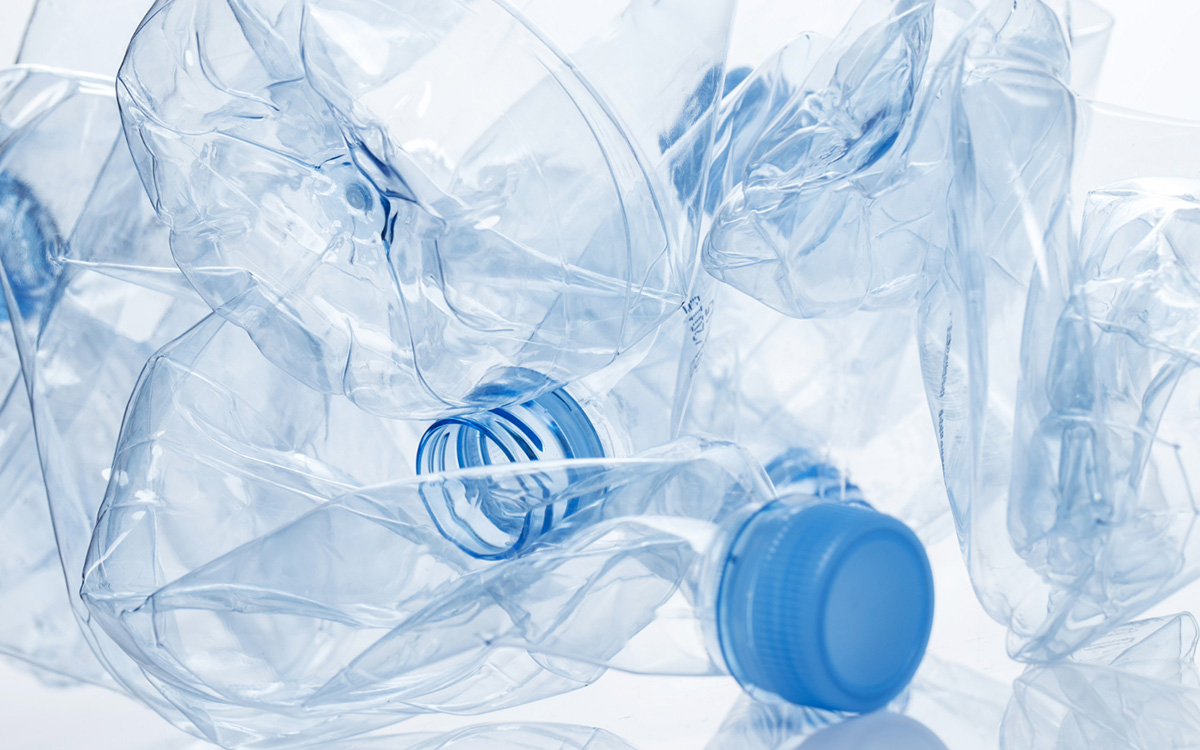
In an era where environmental sustainability has become a pressing concern, recycling is proving to be an effective way of keeping the planet clean and healthy. Recycling plastic, in particular, is a crucial step towards reducing pollution and conserving resources. From plastic bottles and containers to bags, toys, and electronics, plastic materials are ubiquitous in modern life. But what happens when they reach the end of their useful life? In this blog post, we will take a deep dive into the complete plastics recycling process, from collection to processing, and highlight the benefits of recycling for both the environment and the economy.
The first step in the recycling process is the collection and sorting of plastic waste. Plastic materials are collected from homes, businesses, and public spaces by waste management companies, then transported to a recycling center. At the recycling center, the plastic waste is sorted by type, color, and quality. The sorting process involves separating contaminants such as paper, metal, and glass from the plastic waste.
After sorting, the plastic waste is shredded into small pieces and washed to remove any remaining contaminants. The shredded plastic is then sorted by color and type once again.
The next step is the melting process. The shredded plastic is heated until it melts, then formed into pellets or flakes. These pellets or flakes can now be used as raw materials for the production of new plastic products. In some cases, the recycled plastic is blended with virgin plastic to achieve specific properties or colors.
Once the recycled plastic is processed, it can be used to manufacture a wide variety of products. These include plastic bags, containers, bottles, toys, car parts, and even clothing. By using recycled plastic, manufacturers reduce the demand for new plastic materials, thus conserving natural resources and reducing greenhouse gas emissions. Recycling also creates jobs and supports local economies.
Closing the loop means creating a circular economy, where the materials used to make products are recycled and reused indefinitely. By closing the loop, we can reduce the amount of plastic waste that ends up in landfills and oceans. Consumers can play an active role in closing the loop by choosing products made from recycled materials, recycling their plastic waste, and advocating for sustainable practices within their communities.
Plastic recycling is an important step towards achieving a sustainable future. By following the complete plastics recycling process, we can reduce plastic waste, conserve natural resources, and support the economy. As consumers, we can all do our part by recycling our plastic waste and choosing products made from recycled materials. If you want to know more about plastic recycling in New Jersey, contact All County Recycling today to schedule a free consultation. Let's work together towards a brighter and cleaner future for our planet.